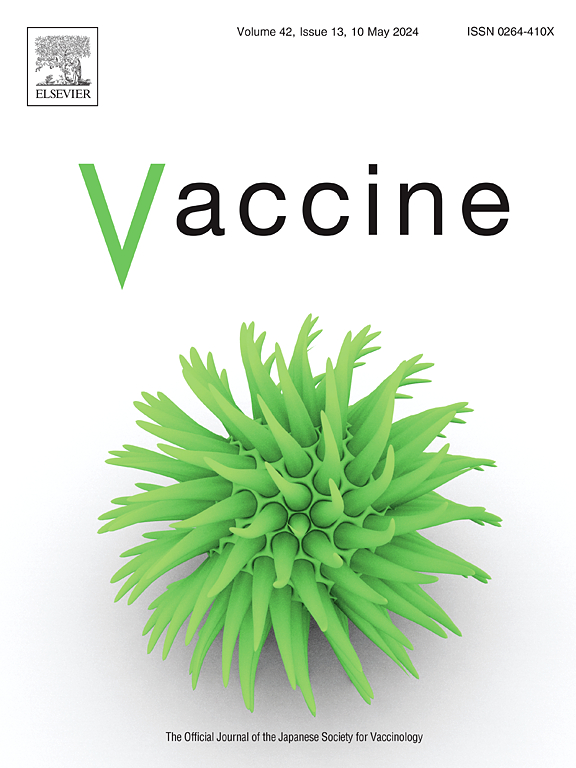Immunogenicity of inactivated quadrivalent influenza vaccine in pregnant women, including the level of postvaccination antibodies in umbilical cord blood
IF 4.5
3区 医学
Q2 IMMUNOLOGY
引用次数: 0
Abstract
Background
Infants and pregnant women are particularly vulnerable to severe illness and complications of influenza. It is necessary to increase knowledge about the safety and effectiveness of influenza vaccination during pregnancy to improve awareness among patients and healthcare professionals and increase to increase vaccination coverage.
Methods
A prospective, single-group clinical study was performed in the 2021/2022 and 2022/2023 seasons. The aim of the study was to assess the immunogenicity and tolerance of quadrivalent influenza vaccine (IIV4) in pregnant women, to evaluate transplacental antibody (AB) transfer after IIV4 administration, and to estimate optimal gestational age for vaccination. A group of 62 pregnant women between 14 and 37 weeks of gestation, including 59 mother-child pairs, underwent vaccination with IIV4. The humoral immune response was assessed using the EMA criteria.
Results
Baseline seroprotection for all IIV4 strains was significantly correlated with previous vaccinations (p < .5). The postvaccination seroprotection ranged between 71 % and 94 %. A significant increase in AB titers was observed for all vaccine strains (p < .0000). No significant differences were observed in seroprotection and seroconversion rates or transplacental AB transfer between women vaccinated in the 2nd vs 3rd trimester of pregnancy. All IIV4 strains used in the study met at least 1 of the 3 EMA/CPMP immunogenicity criteria and may thus be considered immunogenic. Seroprotection for A/H1N1/pdm09, A/H3N2, B/lineage Victoria (B/V), and B/lineage Yamagata (B/Y) antigens was achieved by 97 %, 95 %, 59 %, and 85 % of neonates, respectively. Over 43 % of participants reported solicited injection site reactions. None of the participants reported severe or unsolicited adverse events.
Conclusions
IIV4 induced a strong immune response in pregnant women and a high rate of seroprotection in neonates. Immune protection in children did not differ according to the trimester of vaccination in pregnancy. IIV4 was well tolerated by pregnant women.
求助全文
约1分钟内获得全文
求助全文
来源期刊

Vaccine
医学-免疫学
CiteScore
8.70
自引率
5.50%
发文量
992
审稿时长
131 days
期刊介绍:
Vaccine is unique in publishing the highest quality science across all disciplines relevant to the field of vaccinology - all original article submissions across basic and clinical research, vaccine manufacturing, history, public policy, behavioral science and ethics, social sciences, safety, and many other related areas are welcomed. The submission categories as given in the Guide for Authors indicate where we receive the most papers. Papers outside these major areas are also welcome and authors are encouraged to contact us with specific questions.
 求助内容:
求助内容: 应助结果提醒方式:
应助结果提醒方式:


